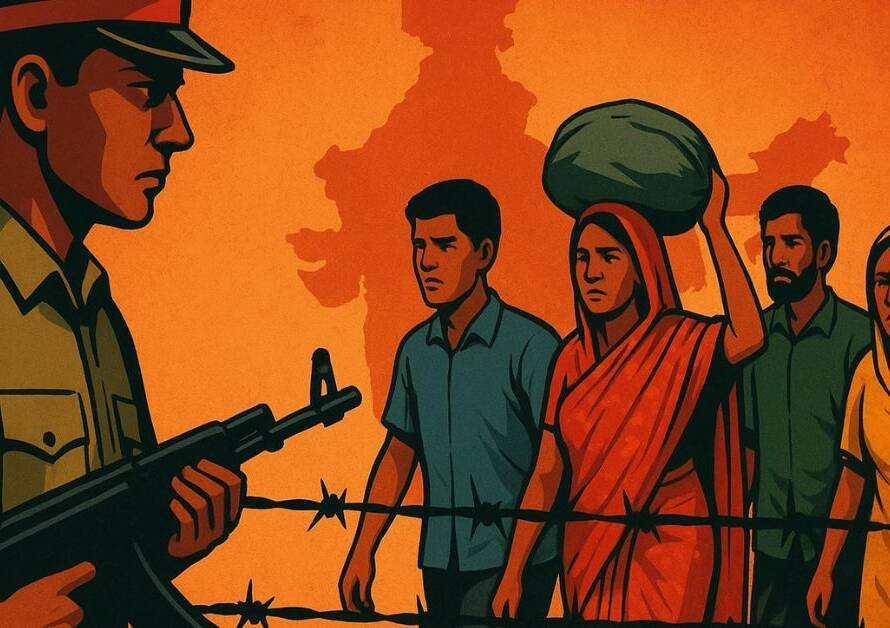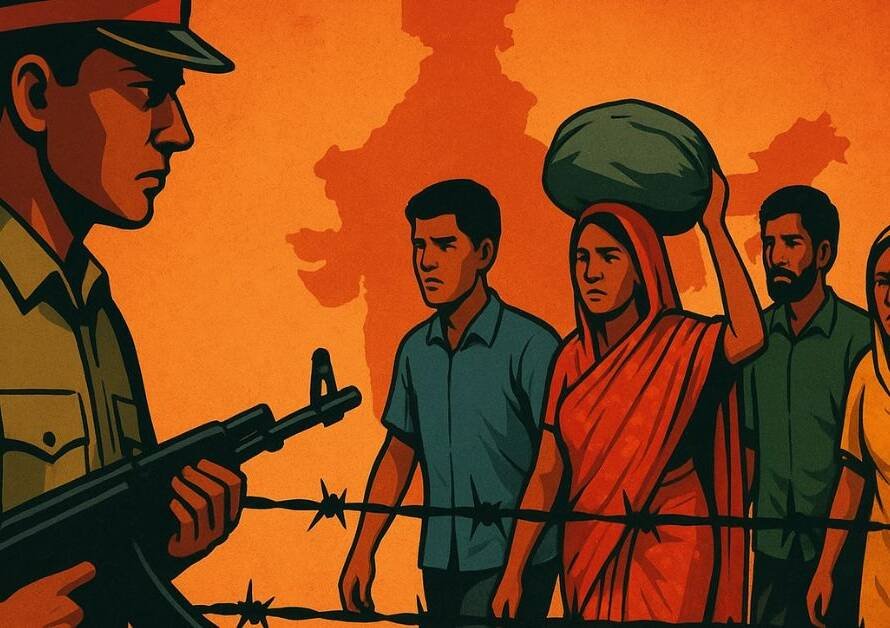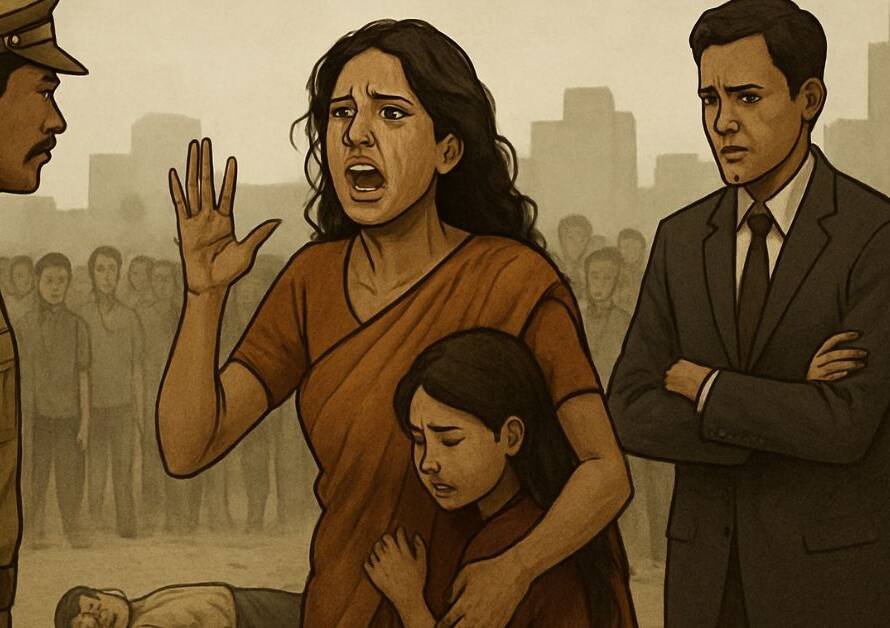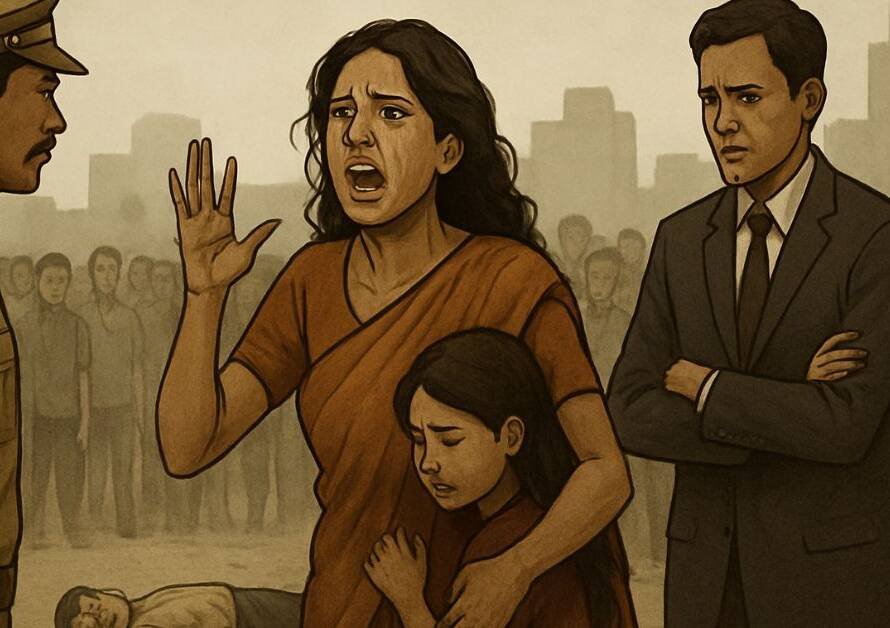This narrative is a poignant reminder of the trials faced by Hindus during the Liberation War of Bangladesh in 1971. It sheds light on how a Hindu family was forced to abandon their identity to survive amidst an atmosphere of violence, fear, and hostility.
The Beginning of the Struggle
Sachindra Chandra Aich, an English teacher at Mymensingh City College, was well-respected in his community. However, after March 25, 1971, the city witnessed mass killings of Hindus and members of the Awami League. Homes were burned, and Hindu families lived in constant fear. Sachindra and his family fled to the village of Shivrampur to escape the escalating violence.
Despite seeking refuge in the village, the family’s resources eventually dwindled. With no choice but to survive, Sachindra returned to the city with the help of his Muslim friends, staying at their homes. However, being a Hindu, he could no longer safely attend his teaching job.
Forced Conversion to Survive
The college principal warned Sachindra that the locals and Biharis in the area would not tolerate Hindus on the campus. Faced with the threat of losing his job and life, Sachindra and his family reluctantly converted to Islam at a local mosque.
This decision wasn’t just about survival but also about navigating the dire circumstances that left them with no alternatives. Sachindra, his wife, parents, and sister adopted Islam, enduring a painful loss of identity in the process.
The Struggles Even After Conversion
Even after their conversion, the family continued to face societal pressures and scrutiny. Sachindra’s sister, Kanan Sarkar, described how their Hindu identity remained under suspicion despite adopting Muslim practices. Women from the neighborhood often invaded their home during Ramadan, questioning their adherence to Islamic rituals.
The family had to let go of significant cultural markers of their Hindu identity, such as the sindoor worn by married women. Sachindra was also forced to perform Muslim prayers in the mosque to prove his new identity, often mimicking others to perform the rituals correctly.
Moments of Despair and Guilt
The weight of abandoning their faith and heritage left the family with a profound sense of guilt. Sachindra recalled having to memorize and recite Islamic verses at military checkpoints to prove his Muslim identity. These moments underscored the depth of their forced assimilation into a religion they didn’t willingly choose.
The Liberation and Return to Hinduism
On the day Bangladesh achieved independence, Sachindra and his family felt an overwhelming sense of freedom and relief. Muslim women in their neighborhood rushed to their home, applying sindoor on the foreheads of the women in Sachindra’s family. This symbolic act marked their return to their Hindu identity.
The family returned to their city home the very next day. Their landlord’s wife ceremoniously restored their Hindu identity by applying sindoor. For a brief moment, the family was able to forget the guilt of their forced conversion and celebrate their regained identity.
A Lasting Reflection
Sachindra poignantly remarked that if the country hadn’t gained independence, they might have lost their identity forever. The family’s story is a testament to the resilience of the human spirit in the face of unimaginable adversity.
A Lesson for the Youth
This narrative serves as a powerful reminder of the atrocities faced by minorities during times of conflict. It emphasizes the importance of safeguarding religious freedom, cultural identity, and human dignity.
For today’s youth, this story is an inspiration to stand against oppression and work toward a society where no one has to compromise their identity to survive. It is a call to value humanity above all else and to strive for a world where diversity is celebrated, not punished.
Jai Hind! Jai Bharat!!







